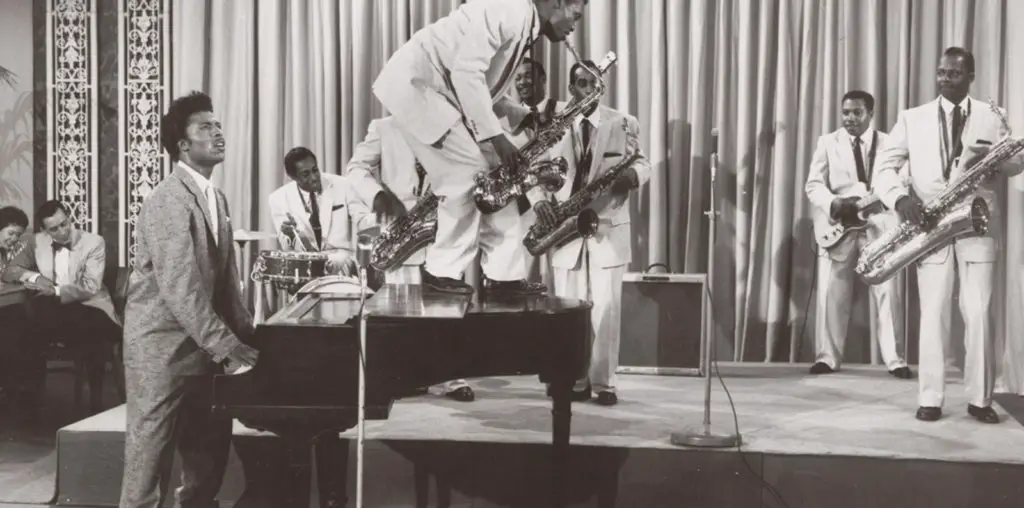
Spike Jonze knows a thing or two about spinning a fantastic journey. Quirky as his big screen debut, “Being John Malkovich,” may be, the eccentric characters take flight to an alternate world – a form of inner space instead of outer. In “Where the Wild Things Are,” Jonze adapts a classic children’s fantasy and loses none of its simplicity and splendor. The sight alone of the illustrated beasts from Maurice Sendak’s book inspire fondness in nearly everyone who’s ever read it. Jonze, probably one of the fondest fans among us, recreates the beasts onscreen without washing them out. His film captures the wonderment of dreaming – and the reality of waking.
Young Max (Max Records) loves to run about in his beast uniform, making the house into a stomping ground where he tackles his dog. When he gets rejected by the older kids, reality sets in. Max’s character has other setbacks, with his father gone, and his mother (“Malkovich” star Catherine Keener) stressing over work and dating a new man (Mark Ruffalo). Max runs off to his special world, populated by Sendak’s overgrown teddy bears. Their realistic fuzziness, which compliments their youthfulness and impetuousness, stays true to the source material; the world is fantasy to the viewer and to Max. The beasts hop about like happy cannonballs and pile up into a massive group hug, with Max within as if smothered in blankets. With them, he recreates a snowball fight he had with the older kids by starting a dirt-whipping bout; only this time, he has control. He has already been crowned king of the raggedy bunch, and the new world fulfills his wishes that are unrequited at home.
The central beast, Carol (voiced by James Gandolfini), is playful but hot tempered. When we realize the beasts take on various roles, an allegory is clear in sight. As projected aspects of Max’s personality, the beasts’ play turns into distrust for one another, while Carrol becomes a threat. He epitomizes Max’s resistance to leaving the innocent world and approaching the maturity of the teens he admires. A perceptive youth, Max is attentive to his mother’s issues, but not ready to reach William Blake’s idea of experience. Yet, he cannot avoid it any longer, and the frolic-filled dreamland can’t last forever.
Records, as Max, seems unfazed by performing with costumed actors. Either he possesses exceptional poise for a performer of age 12, or he’s able to dive right into Sendak’s fantasy – Records has all the energy and pathos for the role. Jonze’s cinematic vision for the young actor looks so fine that we wonder why the director overuses a hand-held camera. Jonze finds a simple, elegant visual style in filming the land of the beasts. Their life-like textures blend well with the whimsical landscapes, some of which have well-ingrained CGI effects. The jerky movement demeans his invention (a self-allusion to “Being John Malkovich,” a hand-held close-up, is insufferable), though Jonze often trusts his content and finds the clarity this tale deserves. His camera gazes upon Carrol and company just like countless readers have, and thus “Where the Wild Things Are” tributes and adds to its inspiration.
